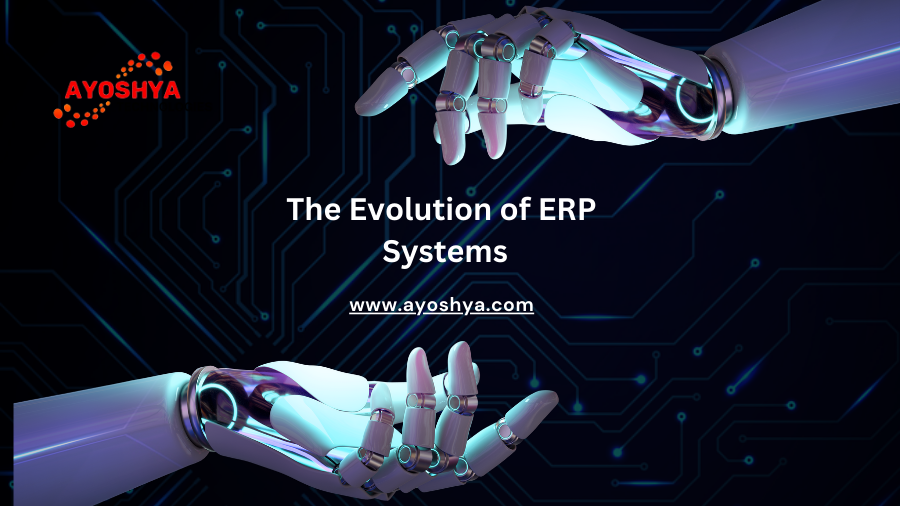SAP MM Functional: Streamlining Materials Management
In the dynamic world of business, efficient materials management is the cornerstone of successful operations. SAP Material Management (MM) Functional consultants are the professionals who play a pivotal role in optimizing materials management processes using SAP MM solutions. In this article, we’ll explore the realm of SAP MM Functional consultants, understanding their roles, responsibilities, and the value they bring to organizations.
1. Introduction
In today’s competitive landscape, the effective management of materials is crucial for businesses to thrive. SAP MM Functional consultants are the experts who help organizations make the most of their SAP MM solutions.
2. Unpacking SAP MM
SAP Material Management (MM) is an integral part of the SAP ERP system, dedicated to managing materials-related processes. It encompasses procurement, inventory management, and materials planning.
3. The Role of a SAP MM Functional Consultant
A SAP Consultant is responsible for configuring, implementing, and optimizing SAP MM solutions. They bridge the gap between technology and materials management.
4. Key Skills and Qualifications
SAP Consultants typically hold degrees in supply chain management, business, or IT. They are certified in SAP MM and possess a deep understanding of materials management processes.
5. Responsibilities of SAP MM Functional Consultants
These professionals have a wide range of responsibilities, including:
5.1 Procurement Process Enhancement
Consultants collaborate with clients to streamline procurement processes, making them more efficient and cost-effective.
5.2 Inventory Management
They optimize inventory levels, ensuring that materials are available when needed while minimizing carrying costs.
5.3 Vendor Relationship Management
Consultants help organizations maintain strong vendor relationships, ensuring timely deliveries and competitive pricing.
5.4 Materials Requirement Planning (MRP)
They implement MRP strategies to forecast materials needs accurately, reducing stockouts and overstock situations.
5.5 Integration with Other SAP Modules
Consultants ensure seamless integration between SAP MM and other modules like SAP Finance or SAP Production Planning for a holistic business approach.
6. Benefits of Hiring a SAP MM Functional Consultant
Hiring a consultant can lead to several benefits, including improved procurement efficiency, reduced inventory costs, and enhanced materials planning.
7. Challenges Faced
Despite the advantages, SAP Consultants encounter challenges such as adapting to evolving SAP technologies and addressing unique client requirements.
8. Future Trends in SAP MM
The future of SAP MM is expected to incorporate advanced analytics, artificial intelligence, and greater mobility for materials management.
9. Conclusion
In conclusion, SAP Consultants are instrumental in optimizing materials management using SAP MM solutions. Their expertise is indispensable for organizations aiming to excel in materials-related processes.
FAQs
1. What is SAP Material Management (MM)?
SAP MM is an SAP ERP module dedicated to managing materials-related processes, including procurement and inventory management.
2. What qualifications do SAP MM Functional Consultants have?
Typically, they hold degrees in supply chain management, business, or IT and are certified in SAP MM.
3. How can hiring a SAP MM Functional Consultant benefit my organization?
Hiring a consultant can lead to improved procurement efficiency, reduced inventory costs, and enhanced materials planning.
4. What challenges do SAP MM Functional Consultants face?
Challenges include keeping up with evolving SAP technologies and tailoring solutions to meet unique client requirements.
5. What are the future trends in SAP MM?
Future trends may include the integration of advanced analytics, artificial intelligence, and increased mobility for materials management.
Free Bonuses:
Financial Functional Consultant Roles and Responsibilities
Introduction to SAP Business Workflow and Building a Simple Workflow Application












